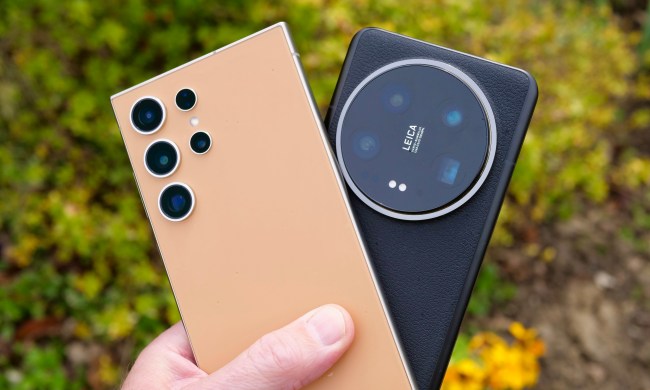- Home
- Mobile
Mobile
Mobile and smartphone news, reviews, and discussion for everything from Android to iPhone and every accessory and app you could ever use.
Explore More

The best camera phones in 2024: our top 9 photography picks









iPhone 16 review: Who needs the Pro?

How to cancel Spotify Premium on any device

The iPhone SE 4 sounds amazing. But there’s still one big unknown
Apple iPhone 16 vs. Google Pixel 9: a clear winner





Amazon Prime Big Deal Days Garmin Watch Deals 2024
Google Pixel 9 Pro review: the iPhone of Android

The new Samsung Galaxy Watch 7 is already on sale at Best Buy

Bic has released one of the weirdest iPhone cases I’ve ever seen

The iPad Pro M4 has a rare discount at Best Buy

Best Samsung deals: The Galaxy S24 Ultra is up to $750 off

Best Fitbit deals: Save on Versa 4, Charge 4, and Sense 2

Best prepaid phone deals: Android, iPhone, flip phone
Why the Pixel 9 Pro Fold is this year’s Pixel phone to buy

Is watchOS 11 giving you bad Apple Watch battery life? A fix is here

Samsung’s One UI 7 update has been significantly delayed

The first iOS 18 update fixes a major bug with Apple’s Passwords app

The iPhone 16 has ruined all other smartphones for me
The best Google Pixel 9 Pro cases for 2024

Apple Watch Series 10 review: two steps forward, one step back

Hurry! The 10.2-inch iPad has a $100 discount pre-Prime Day

The best Samsung Galaxy S24 FE cases
Google Pixel 9 Pro Fold vs. Samsung Galaxy Z Fold 6: Which is the best foldable?
Mobile News
Android
Wearables
Phone Apps
Trending Downloads
Joe Maring has been the Section Editor of Digital Trends’ Mobile team since June 2022. He leads a team of 13 writers and editors with the single goal of publishing the best mobile tech content on the Internet. While much of his time is spent planning and editing the work of his section’s amazing contributors, Joe equally loves writing himself — whether he’s digging into wonky AI apps on phones or explaining why you should buy the latest iPhone.
Joe started talking and writing about phones in 2012 with his tech-focused YouTube channel and website, MobileCupOfJoe. He’s contributed to PhoneArena, XDA Developers, and 9to5Google. He held the titles of News Editor and Senior Editor at Android Central between 2017 and 2021. Before joining Digital Trends, Joe was a Senior Writer and Editor for Screen Rant’s tech section.
Throughout his years in this industry, Joe has attended major trade shows such as CES, MWC, and IFA. He’s also appeared on major tech podcasts, including Tech News Weekly, Clockwise, and the Android Police Podcast.
Joe lives in Michigan with his two cats (Minnie and Polo), a very sweet and dumb pit bull/boxer mix (Damon), and Kenn — his partner of 10 years. When he’s not working, you’ll likely find Joe walking a nature trail, reading at his favorite coffee shop, or watching the Lions.
Find Joe on Threads.
























